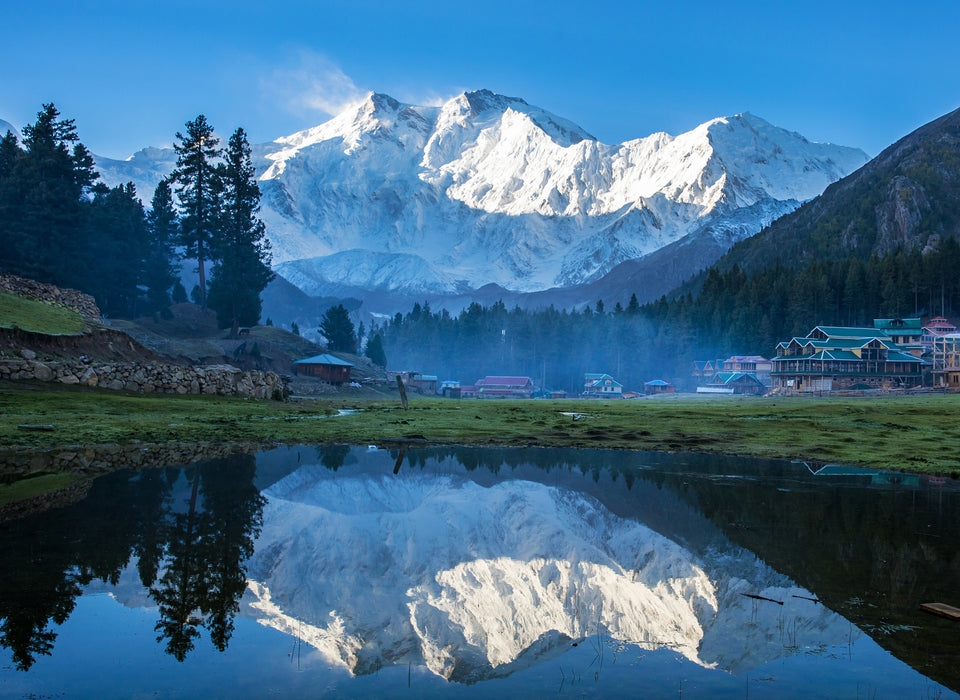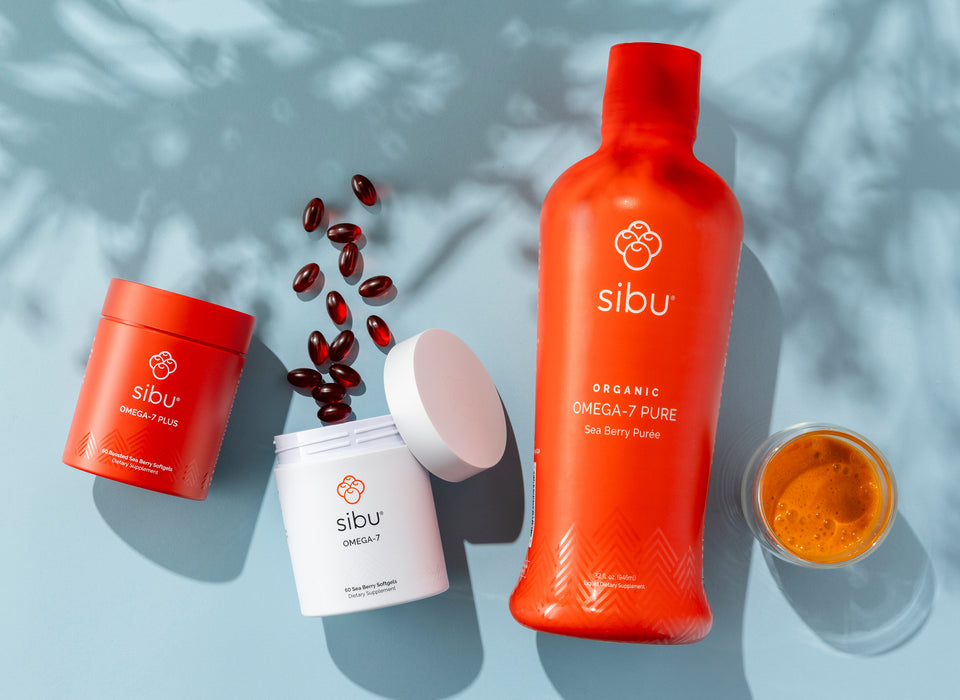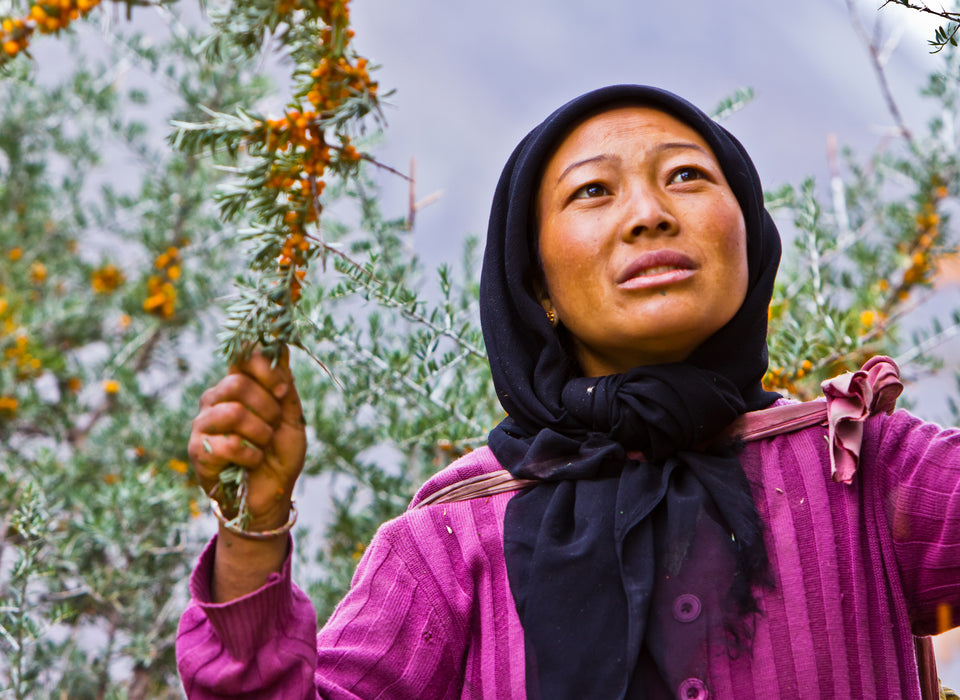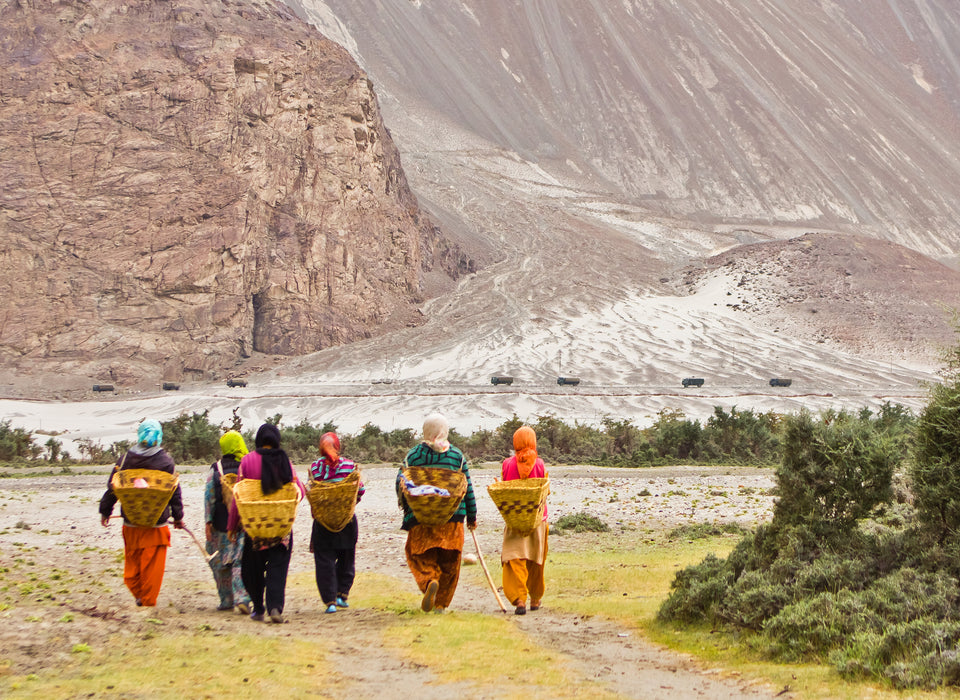This is one wild origin story. Going above 12,000 feet in Himalayan river
valleys, Sibu tracked down the sea buckthorn berry we’d been searching for far and wide.

Our Worldwide Search
Pinpointing the purest, most potent sea berry on earth took us years. (Worth it.) Fascinated by the many historical legends and physiological benefits of sea buckthorn, we trekked from Canada to Mongolia to test for the ultimate source of omega-7. Until we found the one high up in the Himalayas.

Naturally Made with Integrity
For 20 years, we’ve created naturally elevated products with integrity and attention to detail. Our supplements and skincare are exclusively made in the USA from our wild-grown Himalayan sea berry and select top ingredients.

1000-Year-Old Sustainable Tradition
Doing universal good for you, our harvesters and the environment starts at the source. We promote the sustainable harvesting of wild sea buckthorn the traditional way it’s been done for centuries. We focus on sustainable wages, too.

Independent and Family-Owned
We deeply value the people and the process behind our products. Family-run from the Rocky Mountains, our fair-trade relationships with co-op processing facilities support local families in the Himalayas.
